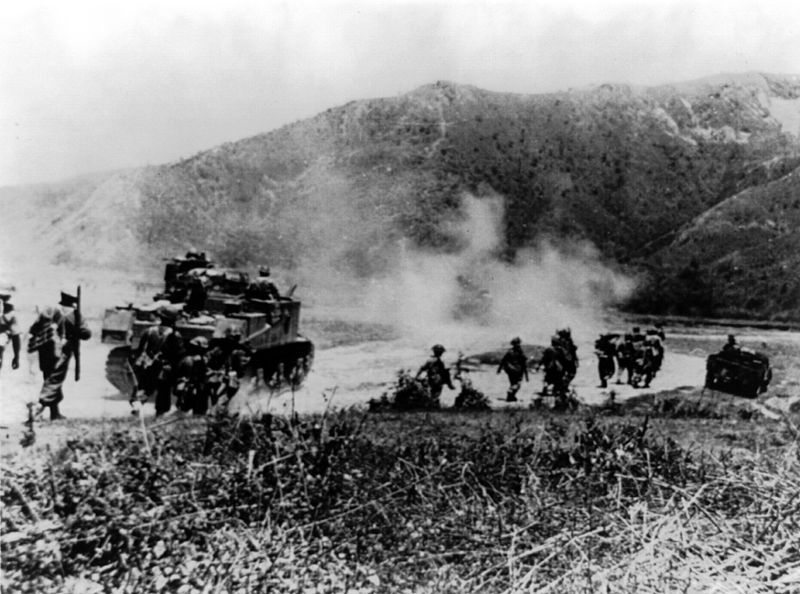By: Ranbir Laishram

For Manipur, the Battle of Imphal was by no means its only experience of the Second World War. According to British military accounts the 1944 battles in Manipur are referred to as either the Battle of Imphal, or the Imphal Offensive, or the Siege of Imphal, or the Imphal Campaign and the entire period of the War is also known locally as “Japan Lan”.
On 10th and 16th of May 1942, Imphal itself was bombarded for the first time in the history that led to the destruction of the city, civilian casualties and population of the city fleeing at safety zone. With Japan entered Second World War in December 1941, this last event was at first taken quietly in Manipur, no one realising how soon Japan would reach the frontiers of Manipur. Manipur was most affected by the Second World War. From being a quiet corner of the country with few links to the outside world in early 1942, Manipur became a frontline state between the British and the Japanese. Imphal became the first major entry point for refugees fleeing Burma in 1942 where over hundred of thousand are said to have trooped through Manipur and route to Dimapur and Silchar in then Assam. On what later became Imphal Main also known as Imphal-Koirengei airfield where a large camp was established to house the refugees. Many who were taking refugees in the established camp had no money, food nor spare clothing and above all, the women and children who were among them, were desperately ill. With no means left on how to survive from the advancing Japanese troops, the refugees had to go farther in search of safety. They march day and night which turn into months and months. Bodies of those who were unable to make through lay along the path they passes through and nights crops were burnt in fear of epidemic break out. Family members had to leave their love ones including their childrens.
“The farther they walked, the less they carried – Geoffrey Evans.” I In the months that followed, Thousands of Allied forces fought to defend British India from the Japanese invasion. Japanese troops attempted to destroy the Allied forces at Imphal and invade India, but they were driven back into Burma with heavy losses.
The “Battle of Red Hill aka Point 29263 , one of the bloodiest Battle of Imphal during World War II that makes Manipur one of the most important place of WWII. This battle was the turning point in the Burma Campaign of the WWII. It was at this battle that the Japanese invasion of British India and marched through Asia was stopped, with the British led Allies subsequently driving them out of Burma in 1945. The Japanese lost some 30,000 men in what was one of their single greatest military defeats. The Japanese forces continues their attacked in Imphal plain from several directions. Japanese reconnaissance planes began to fly over nearly everyday in April of 1942. The siren whined but never a bomb was dropped. On the morning of May 10, 1942, for the first time in the history, Japanese bombs crashed in Imphal.
Seventy civilians were killed and another more than eighty were wounded. As per the British Records, following 84 Manipuries were recorded death on that fateful day of 10th May 1942. 36 Europeans and other refugees were also killed that day in Manipur because of the bombing. After the bombing, almost every house in Imphal had been abandoned with Manipuris fled for safety to outlying villages and almost the only local civilians to be seen were a few unwelcome looters. With the abandoned of Imphal after the Japanese bombing, there was no one to bury the corpse for several days. Atlast, after the bombing, the Japanese radio claimed that they had bombed Imphal Airfield (none existed at the time). The Germans went one better in their radio, “Their Japanese allies had bombed Imphal Railway Station”. These very day is still remembered in the history of Manipur as the first Bombing in Imphal during the WW2 “Battle of Imphal”



